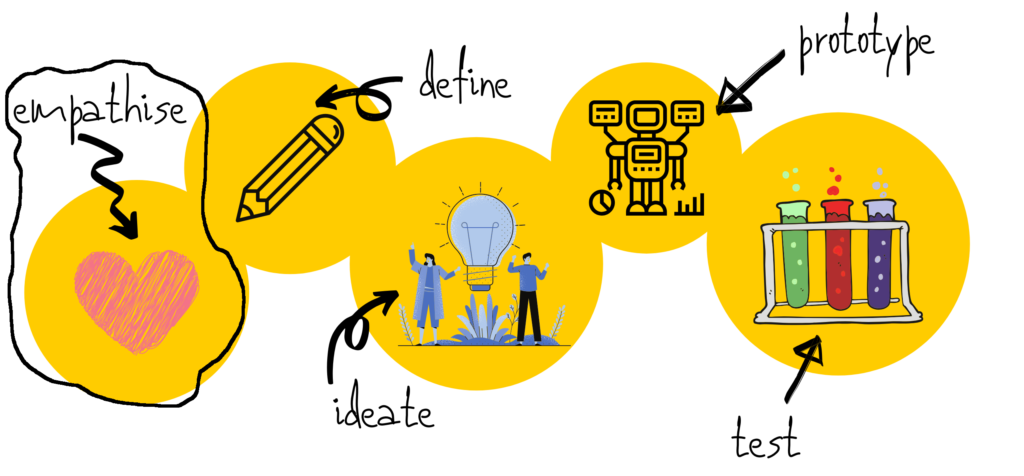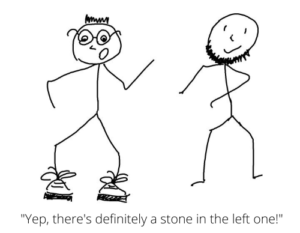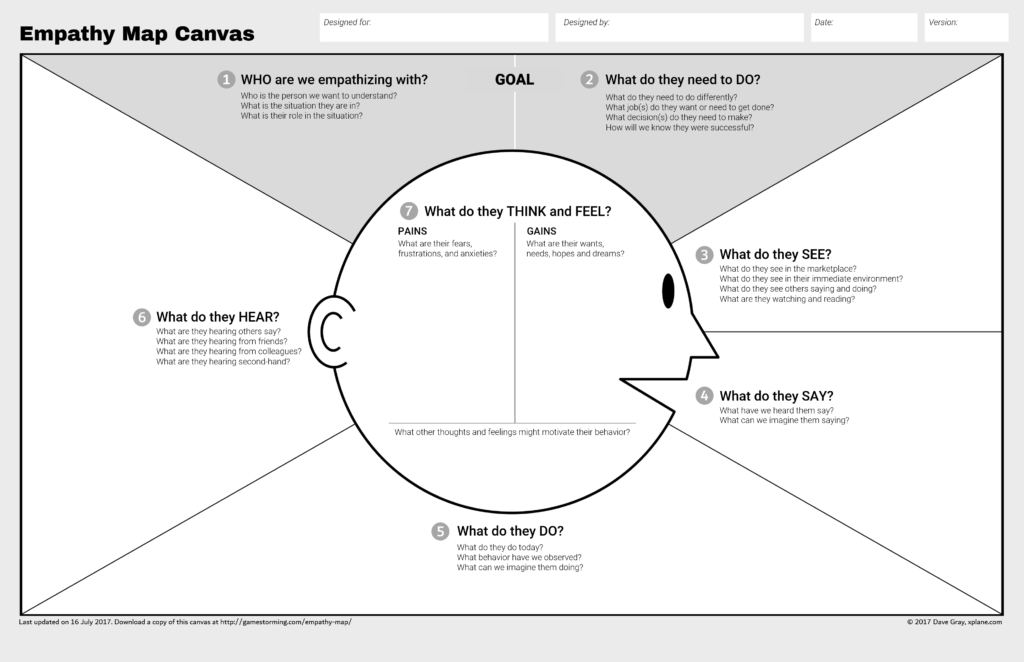Legal design is where design thinking and legal come together to create solutions that work. These solutions work not only to solve the legal problem or need that the client has asked for, but they go further. They think about the people who are going to interact with the solution, and the benefits of doing that are far-reaching.
We understand that such a shift in mindset needs a bit of explanation so in this series of blogs, we are going to bring to life the stages of design thinking with the help of our fictitious client, Awesome.
awesome – the digital bank
Before we begin, let me introduce you to Awesome. Awesome is a Digital Bank. They offer an alternative to traditional banking for customers looking for a simpler way of doing business. Think facial recognition vs. scanning in documents and trips to the high street.
Awesome operate in a regulated industry. The regulation helps them maintain the trust of their customers – even customers looking for face recognition want their money to be there when they need it! BUT, the regulation can result in a raft of contracts that can be a barrier to the fast, efficient, and cutting edge image that Awesome want to portray. Well, if they go down the traditional route anyway……
design thinking.
Human-centred design is about understanding the people you are designing for and creating solutions with and for them.
It is about understanding the people the design serves. As you might expect this isn’t about rigid processes, so the standard stages of design thinking aren’t linear. The stages might not happen in order and designers may revisit stages in order to refine or develop different iterations.
However, there are stages that designers go through to help them design with the user in mind. We are going to focus on each of these – starting with empathise.

what is empathy?
 Simply put empathy is the ability to put yourself in someone else’s shoes. It is about understanding the needs of another. Legal design is human-centred. It requires an understanding of the people you are designing for. It starts with the premise that you can’t create solutions if you don’t know the people who the solutions are there to serve. It is only by understanding their motivations and needs that the solution will work.
Simply put empathy is the ability to put yourself in someone else’s shoes. It is about understanding the needs of another. Legal design is human-centred. It requires an understanding of the people you are designing for. It starts with the premise that you can’t create solutions if you don’t know the people who the solutions are there to serve. It is only by understanding their motivations and needs that the solution will work.
We get it – lawyers don’t build cars but bear with us…
Let’s welcome back Awesome. Awesome is a company and they need contracts to meet the regulations that cover them. A traditional firm would dust off their precedents, fill out the square brackets and add in a few additional clauses as required. Job done.
This approach meets the need that Awesome has. BUT, what it doesn’t do is stop to empathise with the people who are going to engage with the contracts.
considering the user.
Let’s consider the users of these contacts.
First, there are the people within Awesome. The busy executives will be asked to sign off on the contracts that are being used. Some might have some legal knowledge, but even those that do are likely pushed for time and will require more than one dose of coffee and a couple of hobnobs to get to the end. And, that’s before we ask the rest of Awesome’s workforce to know what’s what.
Then, there are the customers. Remember them? Those people who cringe at the thought of having to stand in line at their local branch of whatever bank it is that their parents and their grandparents banked at. They don’t have a copy of their last utility bill stored neatly in a filing cabinet. Maybe there is one underneath the pile of recycling over there…
But, those customers have chosen Awesome because – well – they’re Awesome! Awesome has a lovely marketing team who have carefully crafted a tone of voice and who have made sure that every touchpoint in the customer journey is as seamless as possible. Yes, they know that they will be faced with a contract at some point. But wouldn’t it be lovely if it cut to the chase and flagged the things they needed to know, rather than have them hunt for them with a virtual magnifying glass. Oh, and a dictionary. What does ad idem mean again?
the empathise stage of legal design.
Once the user has been identified, there are lots of tools that designers (and legal designers are no different) can use to empathise. Some of these tools involve thinking about the user with the client.
 The Empathy Map Canvas designed by XPLANE
The Empathy Map Canvas designed by XPLANE
The designer might use a format such as an empathy map or they might use more general brainstorming sessions.
Other tools think about the user with…the user! That might be through interviews or observation, and exploring extreme personas (people who have a very basic understanding or no understanding at all of the product that is being developed for them as one extreme, and experts in that particular field as another).
There are lots of techniques that can be used to better empathise with your clients and their customers but the simplest, and arguably the best is to listen to them.
legal design in practice.
We ask. We listen. We don’t assume that we know what you need before we understand what you are trying to achieve.
Natalie Murray, Director at Lawbox Design, sums it up nicely in this short video.